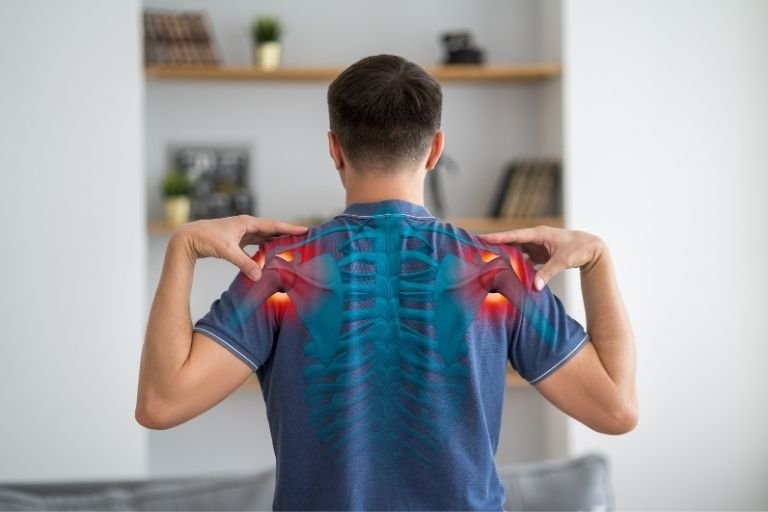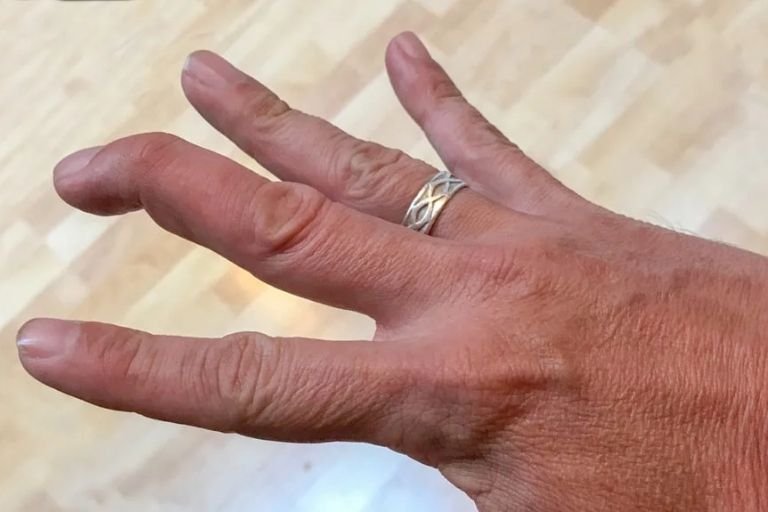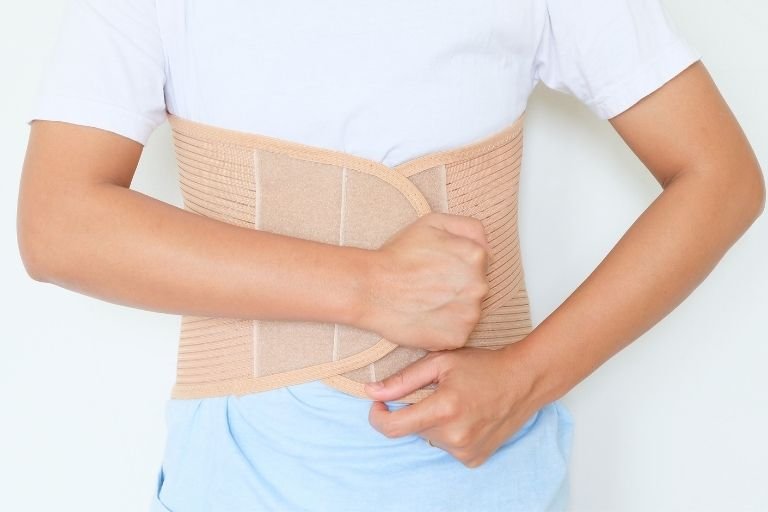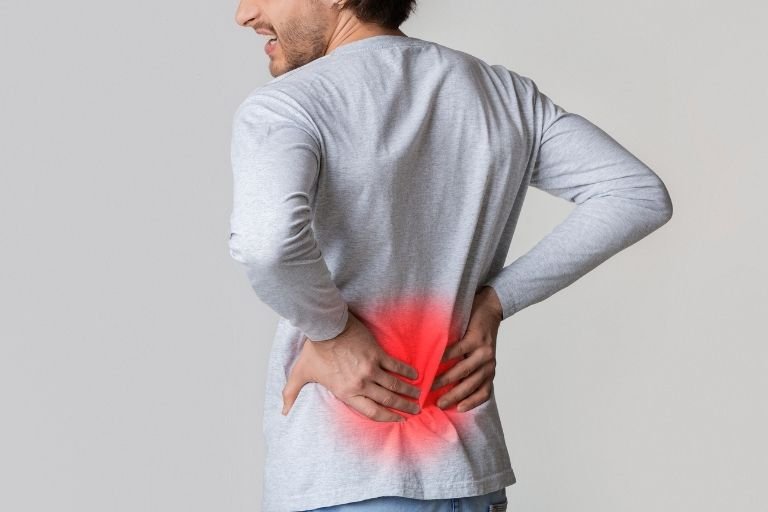- Fitwell Physiotherapy
Pelvic Floor Dysfunction

Pelvic floor dysfunction refers to a condition where the muscles of the pelvic floor are weakened, tense, or dysfunctional, leading to a variety of symptoms and complications. These muscles support the pelvic organs, including the bladder, uterus, and rectum, and play a crucial role in bladder and bowel control, sexual function, and stability of the pelvis.
Please submit your details below.
Symptoms:
- Urinary Symptoms: Frequent urination, urgency, leakage (urinary incontinence), difficulty emptying the bladder.
- Bowel Symptoms: Constipation, straining during bowel movements, fecal incontinence.
- Sexual Symptoms: Pain during intercourse, decreased sensation, difficulty achieving orgasm.
- Pelvic Pain: Discomfort or pain in the pelvic region, lower back pain, pain during sitting or physical activity.
- Muscle Spasms: Tightness or spasms in the pelvic floor muscles.
- Pelvic Organ Prolapse: Bulging or pressure in the pelvic region due to organs descending into the vagina.
Causes:
- Childbirth: Vaginal childbirth can weaken pelvic floor muscles.
- Chronic Constipation: Straining during bowel movements can strain the pelvic floor.
- Heavy Lifting: Regular heavy lifting can strain pelvic muscles.
- Chronic Coughing: Conditions like asthma or COPD can lead to pelvic floor dysfunction.
- Age: Natural aging can weaken pelvic floor muscles.
- Pelvic Surgery: Surgeries in the pelvic area can damage or weaken pelvic floor muscles.
When to See a Physiotherapist:
- Persistent Symptoms: If you experience ongoing pelvic pain, urinary or bowel issues.
- Postpartum: After childbirth, even without apparent symptoms, to prevent complications.
- Preventive Care: Before planning pregnancy or with risk factors like obesity, chronic constipation, or a family history of pelvic floor dysfunction.
Risks:
- Decreased Quality of Life: Symptoms can significantly impact daily activities and emotional well-being.
- Complications: Untreated dysfunction can lead to urinary tract infections, pelvic organ prolapse, or sexual dysfunction.
- Chronic Pain: Persistent pelvic pain can affect mobility and lead to other pain conditions like lower back pain.
How to Prevent:
- Kegel Exercises: Regularly exercising pelvic floor muscles can strengthen them.
- Healthy Bowel Habits: Avoiding straining during bowel movements can prevent pelvic floor strain.
- Maintain a Healthy Weight: Obesity can strain pelvic floor muscles, so maintaining a healthy weight is crucial.
- Proper Lifting Technique: Lift heavy objects using your legs rather than your back to reduce strain on the pelvic floor.
Treatments:
- Pelvic Floor Physical Therapy: A specialized physiotherapy that includes exercises to strengthen and relax pelvic floor muscles.
- Biofeedback: Using sensors to monitor muscle activity and teach proper muscle control.
- Electrical Stimulation: Stimulating pelvic floor muscles with electrical impulses to improve strength and coordination.
- Medications: In some cases, medications may be prescribed to manage symptoms like urinary urgency or pelvic pain.
- Surgery: In severe cases or when conservative treatments fail, surgery may be recommended to repair damaged pelvic floor muscles or correct pelvic organ prolapse.
Pelvic floor dysfunction is a common condition, especially among women, but it’s not a normal part of aging or childbirth. Seeking treatment early can help manage symptoms effectively and improve quality of life.
Frequently Asked Questions
Related Conditions
How Fitwell Physiotherapy Can Help?
Dr. Richa’s Fitwell physiotherapy has an extensive team of physiotherapists all within their own specialist areas of physiotherapy. Whatever your condition, we guarantee that we will have the best physiotherapist for you. We assess, diagnose, plan, cure and care for you.
Fitwell Physiotherapy Clinic, Pune provides you best physiotherapy treatment in Kharadi, pune. We also serve Chandan Nagar, Vadgaon Sheri, Keshav Nagar, Wagholi & nearby Areas in Pune. We are experts in treating Neck Pain, Hand Pain, Back Pain, Lower Back Pain, Knee Pain, Stiff Neck, Sciatica, Arthritis, Stroke Paralysis & Post Surgical Rehab.
We provide Specialized physiotherapy treatments in Sports Injuries, Pre and post Surgery, Neurologic, Pediatric, Chronic Pain/Fatigue, Rheumatology, Women’s Health, Men’s Health, Ergonomics, Vestibular, Amputees & all sort of Pain treatment and lifestyle conditions.

































































































